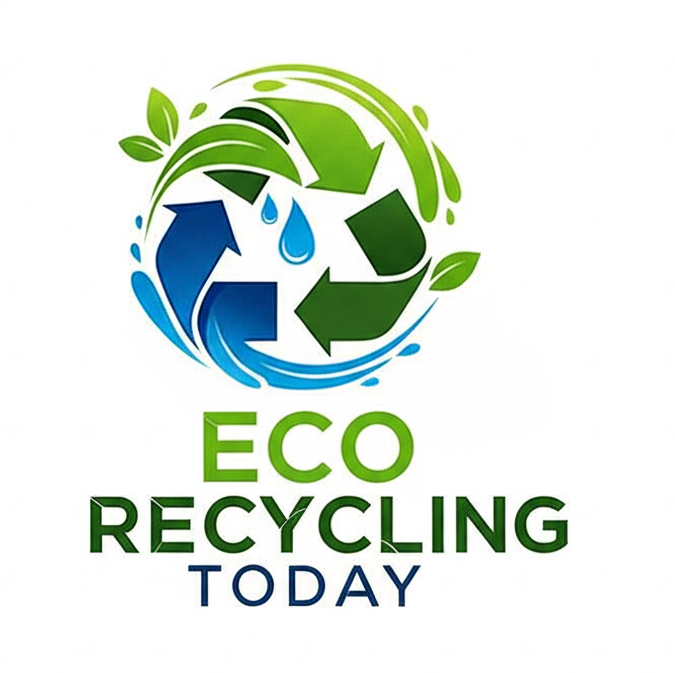Cardboard is a widely used material in packaging, shipping, and storage. It’s valued for being lightweight, strong, and recyclable. But not all cardboard is the same. Understanding the different types of cardboard can help you make better decisions for packaging, product protection, and eco-friendly disposal.
1. Corrugated Cardboard
Best For: Shipping boxes, product packaging, and structural support
Corrugated cardboard, commonly referred to as corrugated fiberboard, is made from three layers: an inner liner, an outer liner, and a fluted (wavy) middle layer. This structure provides excellent durability and cushioning, making it ideal for shipping and handling heavy items.
 Common Types of Corrugated Cardboard:
Common Types of Corrugated Cardboard:
- Single-Wall: One layer of fluting between two liners
- Double-Wall: Two layers of fluting and three liners
- Triple-Wall: Three layers of fluting for extra strength
2. Paperboard (Carton Board)
Best For: Cereal boxes, cosmetics packaging, folding cartons
Paperboard is a single-ply, thick paper material that is smoother and more flexible than corrugated cardboard. It’s often used for consumer goods packaging where strength isn't the top priority.
Types of Paperboard:
- Solid Bleached Sulfate (SBS): High-quality, white paperboard for premium packaging
- Coated Unbleached Kraft (CUK): Durable and used for heavier items
- Coated Recycled Board (CRB): Made from recycled materials, good for sustainability
3. Chipboard
Best For: Backing of notepads, gift boxes, puzzles
Chipboard is made from recycled paper that's compressed into a dense, rigid board. It’s low-cost and not as strong as corrugated board, but it's useful in lightweight packaging and protective inserts.
4. Honeycomb Cardboard
Best For: Pallet replacements, protective packaging, furniture cores
Honeycomb cardboard uses a hexagonal core design similar to a beehive. It’s incredibly strong while remaining lightweight and eco-friendly, and is increasingly used as a sustainable alternative to wood or plastic.
Choosing the Right Cardboard
Whether you’re shipping electronics, packaging consumer goods, or designing retail displays, choosing the right type of cardboard ensures:
- Product safety
- Cost-efficiency
- Brand presentation
- Sustainable practices
Cardboard Recycling Tips
- Remove any plastic tape or labels
- Flatten boxes to save space
- Keep dry to maintain recyclability
- Sort by type if required by your local recycling program
Cardboard Balers for Cardboard Recycling
Cardboard balers are machines used to compress waste cardboard into compact, manageable bales. This is essential for businesses that generate large volumes of cardboard, such as:
- Warehouses
- Retail stores
- Distribution centers
- Manufacturing plants
Cardboard Balers Types:
- Vertical Balers: Compact and ideal for smaller operations
- Horizontal Balers: High-capacity, often automated for large facilities
- Auto-Tie Balers: Efficient for continuous use and high-output environments
Understanding the different types of cardboard helps businesses and consumers make eco-conscious, practical decisions. Whether you need heavy-duty corrugated board or sleek paperboard for branding, there’s a cardboard type that fits for you—and can be responsibly recycled after use.
Choosing the right type of cardboard improves packaging performance, while using a cardboard baler enhances your recycling process. Whether you're a small business or a large facility, understanding and managing cardboard waste the smart way leads to cost savings and sustainability.
